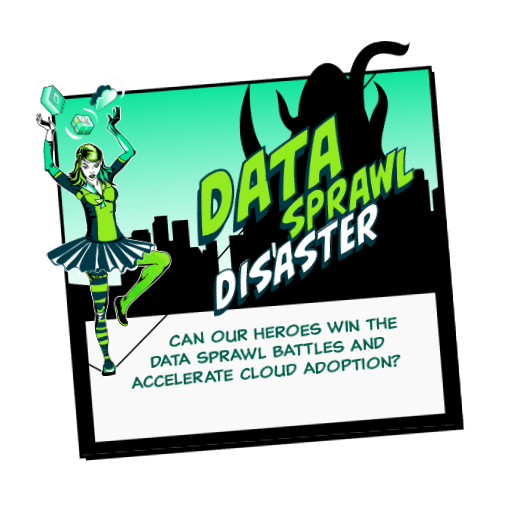This will be a multi-part post focused on the VMware Bitfusion product. I will give an introduction to the technology, how to set up a Bitfusion server and how to use its services from Kubernetes pods.
- Part 1 : A primer to Bitfusion
- Part 2 : Bitfusion server setup (this article)
- Part 3 : Using Bitfusion from Kubernetes pods
Bitfusion Server setup preparation
A Bitfusion Server Cluster must meet the following requirements:
- vSphere 7 or later
- 10 GBit LAN at least for the Bitfusion data traffic for smaller or PoC deployments. High bandwidth and low latency are essential. 40 Gbit or even 100 Gbit are recommended.
- Nvidia GPU with CUDA functionality and DirectPath I/O support:
- Pascal P40
- Tesla V100
- T4 Tensor
- A100 Tensor
- At least 3 Bitfusion server per cluster for high availability
This setup guide assumes that the graphics cards have been deployed to the ESXi 7+ servers and the hosts have joined a cluster in vCenter.
Continue reading “VMware Bitfusion and Tanzu – Part 2 : Bitfusion server setup”





